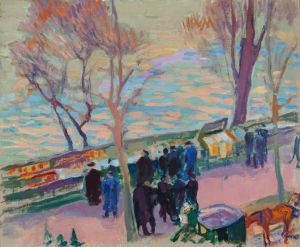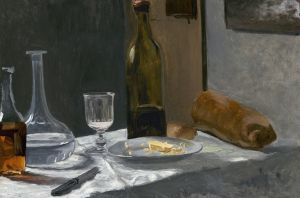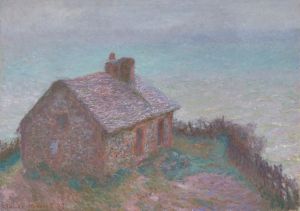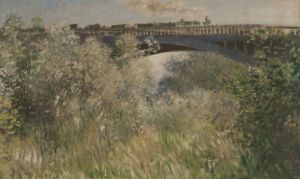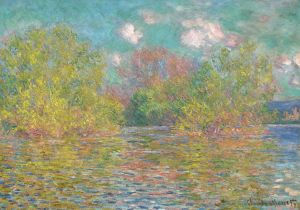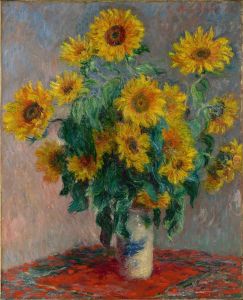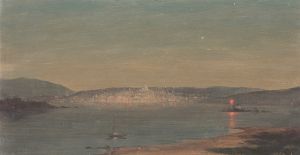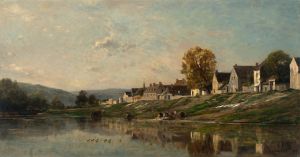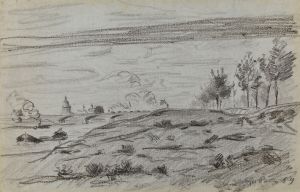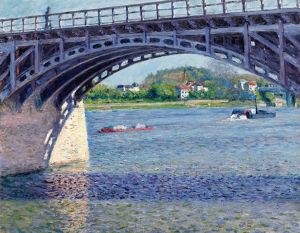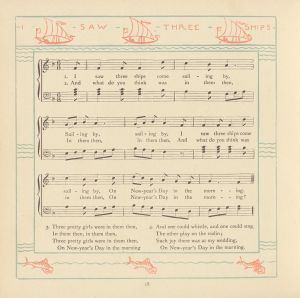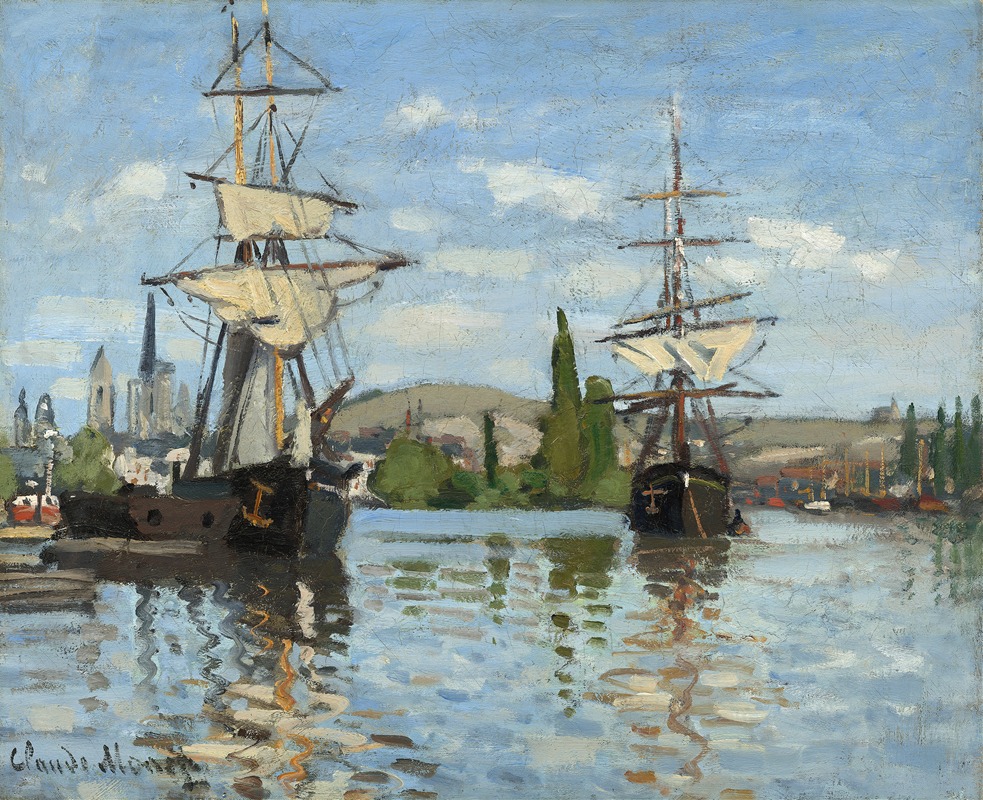
Ships Riding on the Seine at Rouen
A hand-painted replica of Claude Monet’s masterpiece Ships Riding on the Seine at Rouen, meticulously crafted by professional artists to capture the true essence of the original. Each piece is created with museum-quality canvas and rare mineral pigments, carefully painted by experienced artists with delicate brushstrokes and rich, layered colors to perfectly recreate the texture of the original artwork. Unlike machine-printed reproductions, this hand-painted version brings the painting to life, infused with the artist’s emotions and skill in every stroke. Whether for personal collection or home decoration, it instantly elevates the artistic atmosphere of any space.
"Ships Riding on the Seine at Rouen" is an oil painting created by the French Impressionist artist Claude Monet in 1872. This artwork is one of Monet's many depictions of the Seine River, a recurring subject in his oeuvre that reflects his fascination with light, water, and atmospheric effects. The painting captures a scene of ships and boats moored along the Seine River in the city of Rouen, located in the Normandy region of France.
Monet's choice of Rouen as a subject was likely influenced by the city's importance as a commercial hub and its picturesque setting along the Seine. The painting showcases Monet's characteristic Impressionist style, with loose, fluid brushstrokes and a focus on capturing the transient effects of light and weather. The composition emphasizes the interplay between the river, the sky, and the vessels, creating a harmonious and dynamic scene.
The artwork is notable for its muted color palette, dominated by shades of blue, gray, and brown, which evoke a sense of calm and reflect the overcast atmosphere of the day. The reflections of the ships and masts in the water are rendered with delicate precision, demonstrating Monet's keen observational skills and his ability to convey the shimmering quality of light on the surface of the river.
"Ships Riding on the Seine at Rouen" is part of Monet's broader exploration of industrial and urban landscapes during the early 1870s. This period marked a shift in his work, as he began to incorporate modern elements such as factories, bridges, and ships into his compositions, reflecting the changing landscape of 19th-century France. While Monet is best known for his later series paintings, such as the "Water Lilies" and "Haystacks," this earlier work provides insight into his evolving artistic approach and his interest in capturing the essence of contemporary life.
The painting is held in a private collection, and its exact provenance is not widely documented. As with many of Monet's works, it has been exhibited in various galleries and exhibitions over the years, contributing to the appreciation of his legacy as one of the leading figures of the Impressionist movement.
This artwork exemplifies Monet's ability to transform an ordinary riverside scene into a poetic and evocative image, highlighting his mastery of light, color, and atmosphere. It remains a testament to his innovative vision and his enduring influence on the development of modern art.





